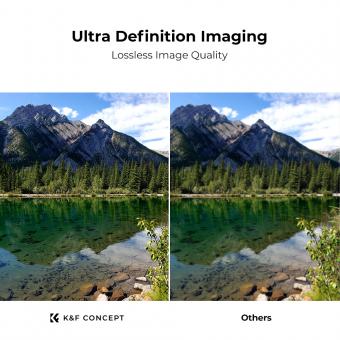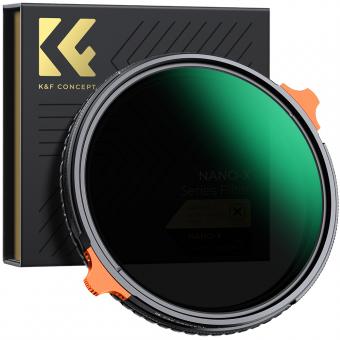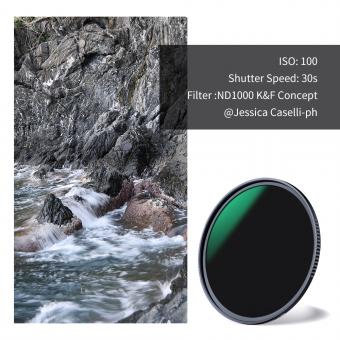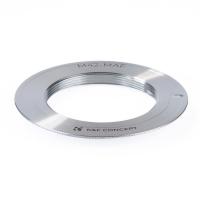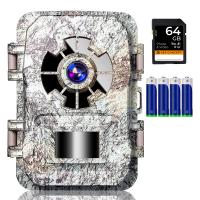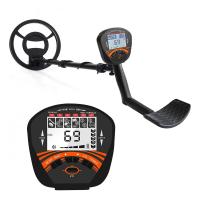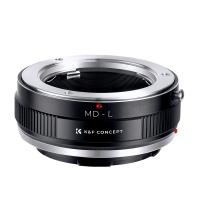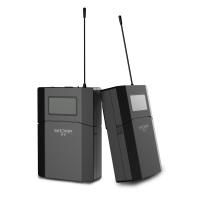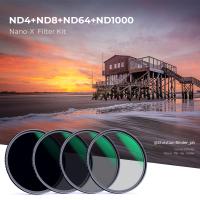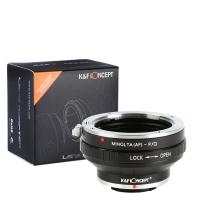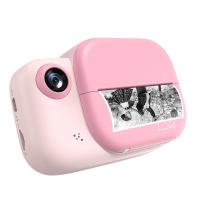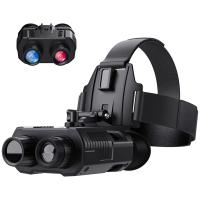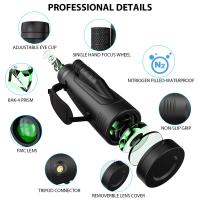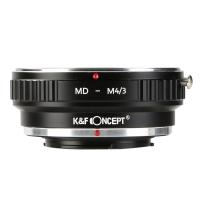How To Use Cpl And Nd Filter Together ?
To use a CPL (Circular Polarizer) and ND (Neutral Density) filter together, first attach the CPL filter to the lens and adjust it to the desired polarization. Then, attach the ND filter on top of the CPL filter. The ND filter will reduce the amount of light entering the lens, allowing for longer exposures or wider apertures without overexposing the image. The CPL filter will still function as normal, reducing reflections and increasing color saturation. It's important to note that stacking filters can sometimes cause vignetting or image quality issues, so it's recommended to use high-quality filters and test the combination before shooting important photos.
1、 Understanding CPL and ND filters
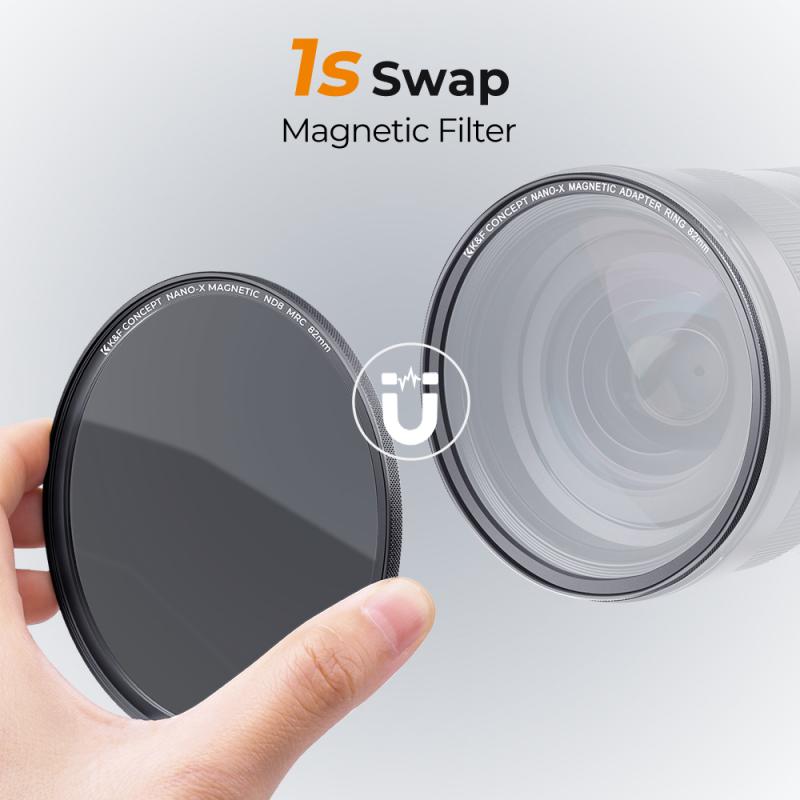
How to use CPL and ND filter together:
CPL (Circular Polarizing) and ND (Neutral Density) filters are two of the most commonly used filters in photography. CPL filters are used to reduce reflections and glare, while ND filters are used to reduce the amount of light entering the camera. Using these two filters together can produce some stunning results.
To use CPL and ND filters together, first, attach the CPL filter to the lens. Adjust the filter to achieve the desired level of polarization. Then, attach the ND filter to the CPL filter. The ND filter will reduce the amount of light entering the camera, allowing for longer exposure times. This can be useful for capturing motion blur in waterfalls or creating a shallow depth of field in bright sunlight.
It is important to note that using both filters together can result in a loss of image quality due to the additional glass layers. To minimize this, use high-quality filters and avoid stacking too many filters together.
In recent years, some photographers have started using variable ND filters, which combine the effects of both CPL and ND filters in one. These filters allow for easy adjustment of the amount of light entering the camera and the level of polarization, making them a popular choice for landscape and outdoor photographers.
2、 Choosing the right combination of filters
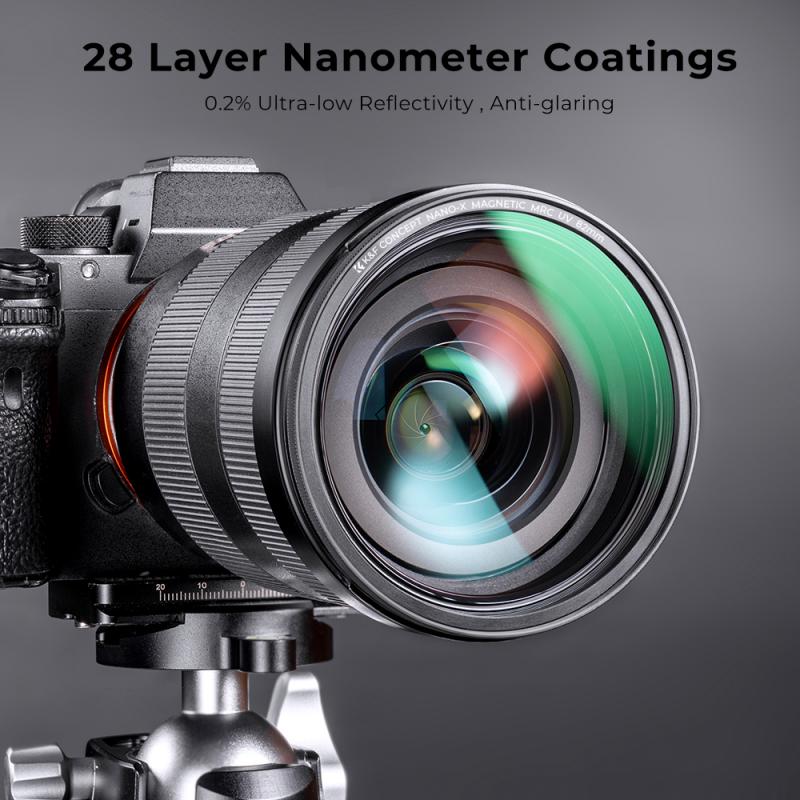
Choosing the right combination of filters is crucial for achieving the desired effect in your photography. When it comes to using a CPL (Circular Polarizing) filter and an ND (Neutral Density) filter together, there are a few things to keep in mind.
Firstly, it's important to understand the purpose of each filter. A CPL filter helps to reduce reflections and glare, while also enhancing colors and contrast. An ND filter, on the other hand, reduces the amount of light entering the lens, allowing for longer exposures and the ability to blur motion.
When using both filters together, it's best to attach the CPL filter first and adjust it to your desired effect. Then, add the ND filter on top to achieve the desired exposure time. Keep in mind that adding an ND filter will also reduce the amount of light entering the lens, which may require adjusting the CPL filter again to maintain the desired effect.
It's also important to consider the strength of each filter. A stronger ND filter will require a longer exposure time, which may not be suitable for certain situations. Similarly, a stronger CPL filter may result in over-saturated colors, which may not be desirable.
In recent years, some photographers have also started using variable ND filters, which allow for adjustable levels of light reduction. These filters can be a convenient option for those looking to use both CPL and ND filters together, as they can be adjusted to achieve the desired effect without having to switch out multiple filters.
Overall, the key to using CPL and ND filters together is to experiment and find the right combination for your specific needs and preferences.
3、 Mounting the filters on your lens
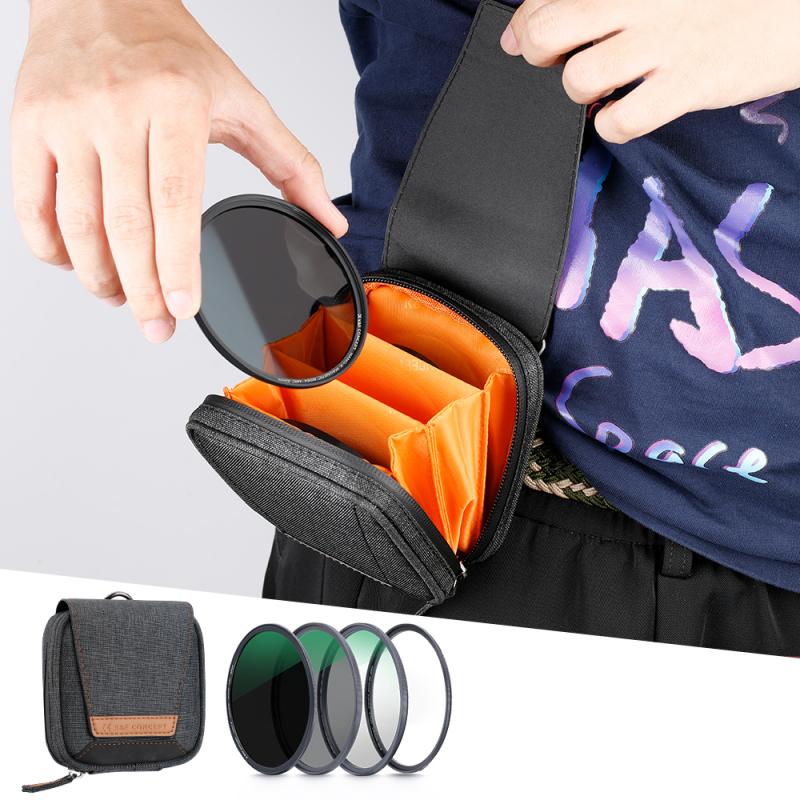
Mounting the filters on your lens is the first step in using CPL and ND filters together. The CPL filter should be mounted first, directly onto the lens. This will allow you to adjust the polarization of the light entering the lens. Once the CPL filter is mounted, the ND filter can be mounted on top of it. This will allow you to control the amount of light entering the lens, while still maintaining the polarization effect of the CPL filter.
When using CPL and ND filters together, it is important to keep in mind that the combination of the two filters can result in a loss of image quality. This is because the filters can cause vignetting, color cast, and other issues. To minimize these issues, it is important to use high-quality filters and to adjust your camera settings accordingly.
One way to minimize the loss of image quality when using CPL and ND filters together is to use a step-up ring. This will allow you to mount the filters on a larger diameter lens, which can help to reduce vignetting and other issues. Additionally, it is important to use the correct filter strength for your shooting conditions. For example, if you are shooting in bright sunlight, you may need a stronger ND filter to achieve the desired effect.
Overall, using CPL and ND filters together can be a powerful tool for photographers looking to control the amount of light entering their lens and to achieve a specific look or effect in their images. With the right equipment and techniques, it is possible to use these filters together to create stunning images that capture the beauty of the world around us.
4、 Adjusting the CPL filter for polarization
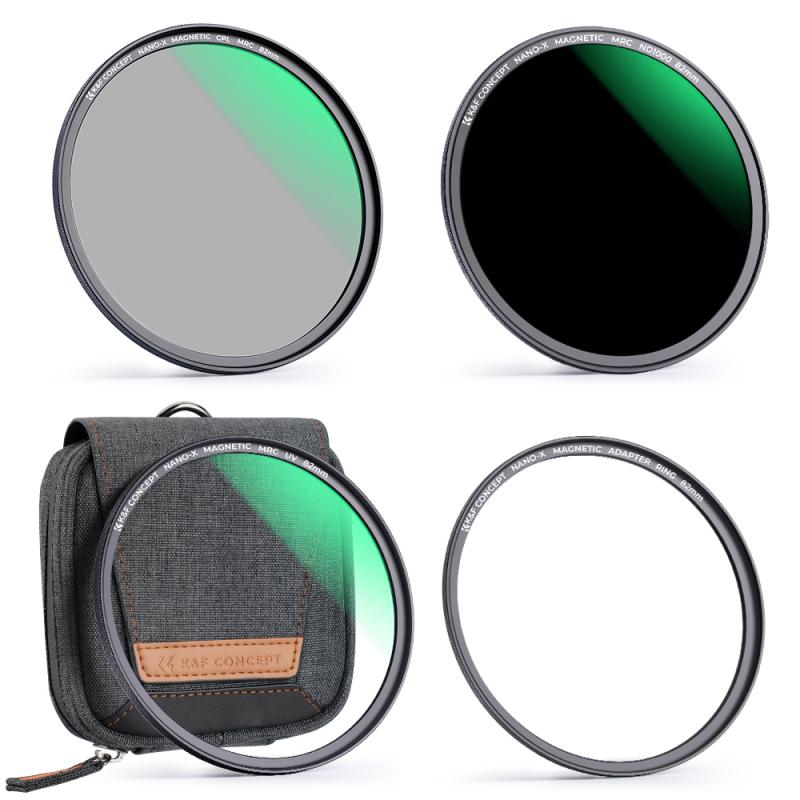
How to use CPL and ND filter together:
Using a CPL (Circular Polarizing) filter and an ND (Neutral Density) filter together can be a great way to achieve stunning landscape photos. The CPL filter helps to reduce glare and reflections, while the ND filter helps to reduce the amount of light entering the camera, allowing for longer exposure times and creating a smooth, silky effect on water and clouds.
To use both filters together, first, attach the CPL filter to the lens and adjust it for polarization. Then, attach the ND filter on top of the CPL filter. It's important to note that stacking filters can cause vignetting, so it's best to use a slim ND filter or adjust the CPL filter to a lower polarization level to avoid this issue.
Once both filters are attached, adjust the camera settings accordingly. With the ND filter reducing the amount of light entering the camera, a longer shutter speed will be needed to achieve the desired exposure. It's important to use a tripod to avoid camera shake during longer exposures.
In recent years, some photographers have started using a variable ND filter instead of a fixed ND filter. A variable ND filter allows for adjusting the amount of light entering the camera by rotating the filter, making it easier to adjust exposure settings on the fly.
In conclusion, using a CPL and ND filter together can be a great way to achieve stunning landscape photos. By reducing glare and reflections with the CPL filter and reducing the amount of light entering the camera with the ND filter, photographers can create beautiful, silky effects on water and clouds.





